Updated May 7th, 2024 at 23:39 IST
The Swapan Dasgupta Piece That New York Times Gagged
"For some, Modi was initially seen as a transitional figure who had benefited from earlier regime’s self-inflicted wounds," writes Swapan Dasgupta.
- Opinion
- 9 min read
Advertisement
Dogmatic consistency has been the defining characteristic of the overseas India-watchers’ perception of Prime Minister Narendra Modi.
Ten years ago, on April 10, 2014, in a feeble bid to influence voting in the general election, a clutch of notables including writer Salman Rushdie, Harvard professor Homi Bhabha, artist Anish Kapoor and others, published a joint letter in a British newspaper charging Modi with “failure of moral character and political ethics”. “Were he to be elected prime minister,” they argued, “it would bode ill for India’s future as a country that cherishes the ideals of inclusion and protection for all its peoples and communities.” Adding its voice to the panic, The Economist suggested “it would be wrong for a man who has thrived on division to become prime minister of a country as fissile as India.”
Advertisement
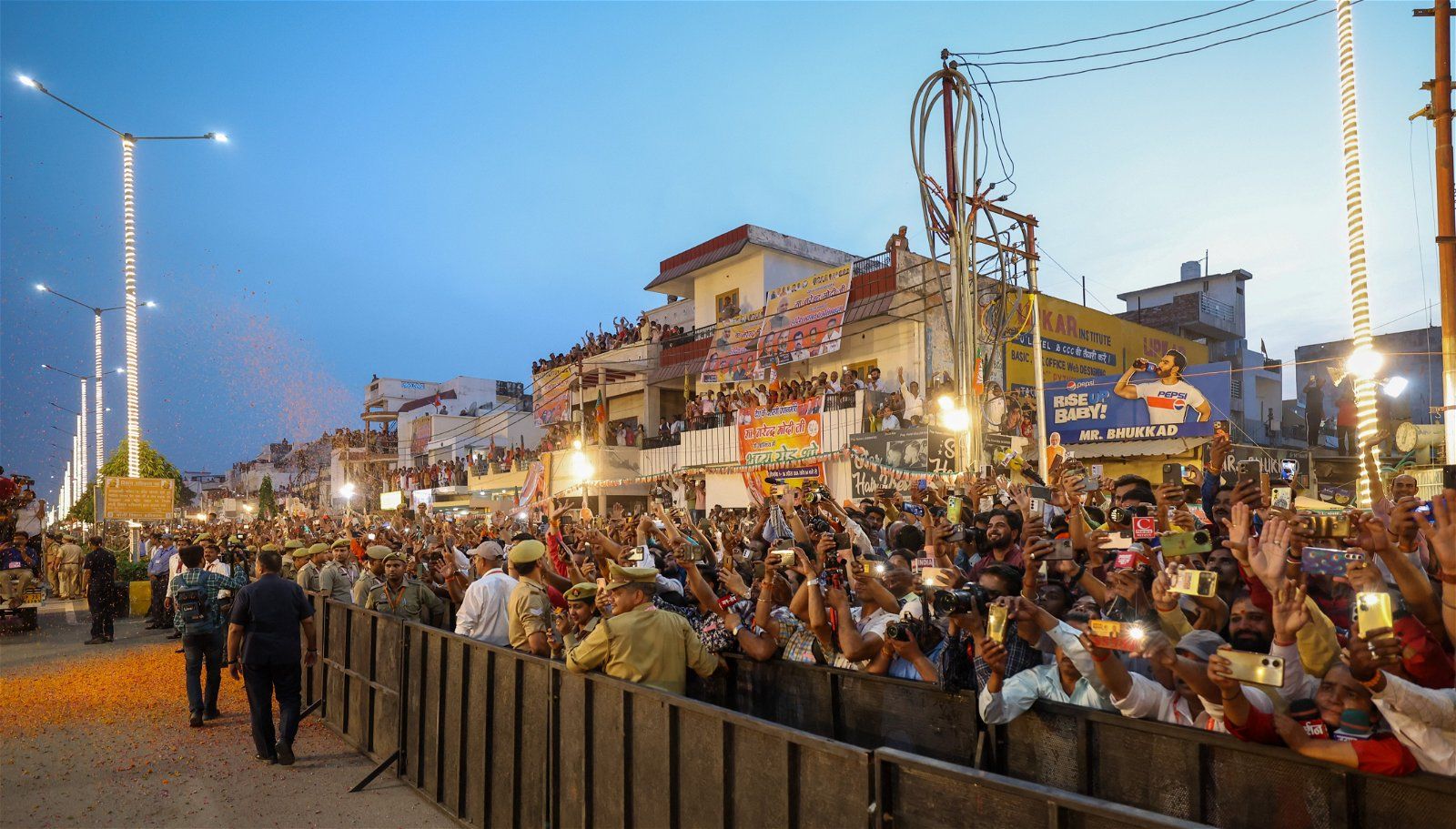
The experience of 10 years at the helm and the very real possibility of voters granting him a third term doesn’t appear to have tempered the disquiet of the custodians of Indian Enlightenment. With opinion polls suggesting yet another emphatic mandate for the Bharatiya Janata Party, the critics believe the one-sidedness of the contest is due to Modi “turning democracy into electoral authoritarianism.” A Chatham House this month report has drawn attention to charges of “authoritarianism by stealth through controlling key levers of power, including security services, tax authorities and the media.”
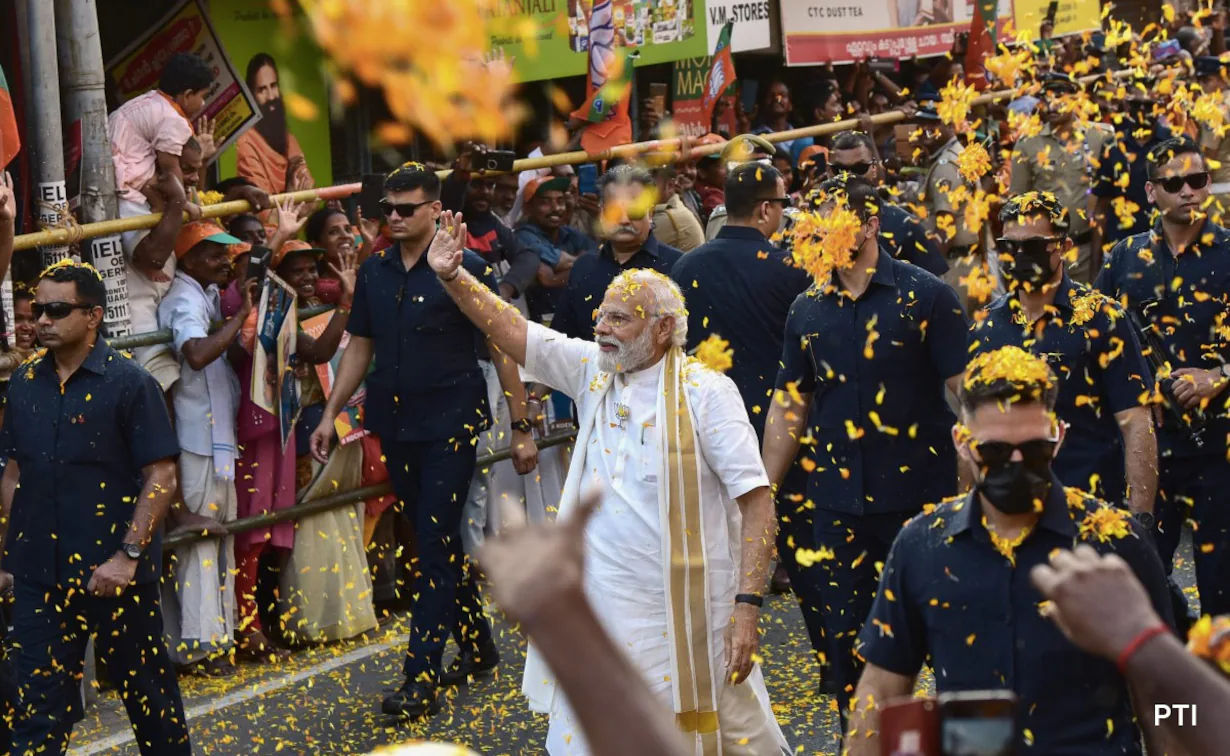
If the June 4 results lead to the BJP decimating the Rahul Gandhi-led Congress party yet again, it is likely that Modi’s overseas critics will team up with India’s Opposition to question the legitimacy of the truimph. Although such a challenge will lack credence if the turnout is good, the larger objective is to sow doubts in the minds of business leaders and political decision-makers about India’s success story. Modi is the real target and by tarring him with the brush of autocracy, his critics hope to envelop him in yet another murky controversy. Their hope is that the memories of an earlier saga when the United States rescinded his visa can be resurrected to damage his global standing.
Advertisement
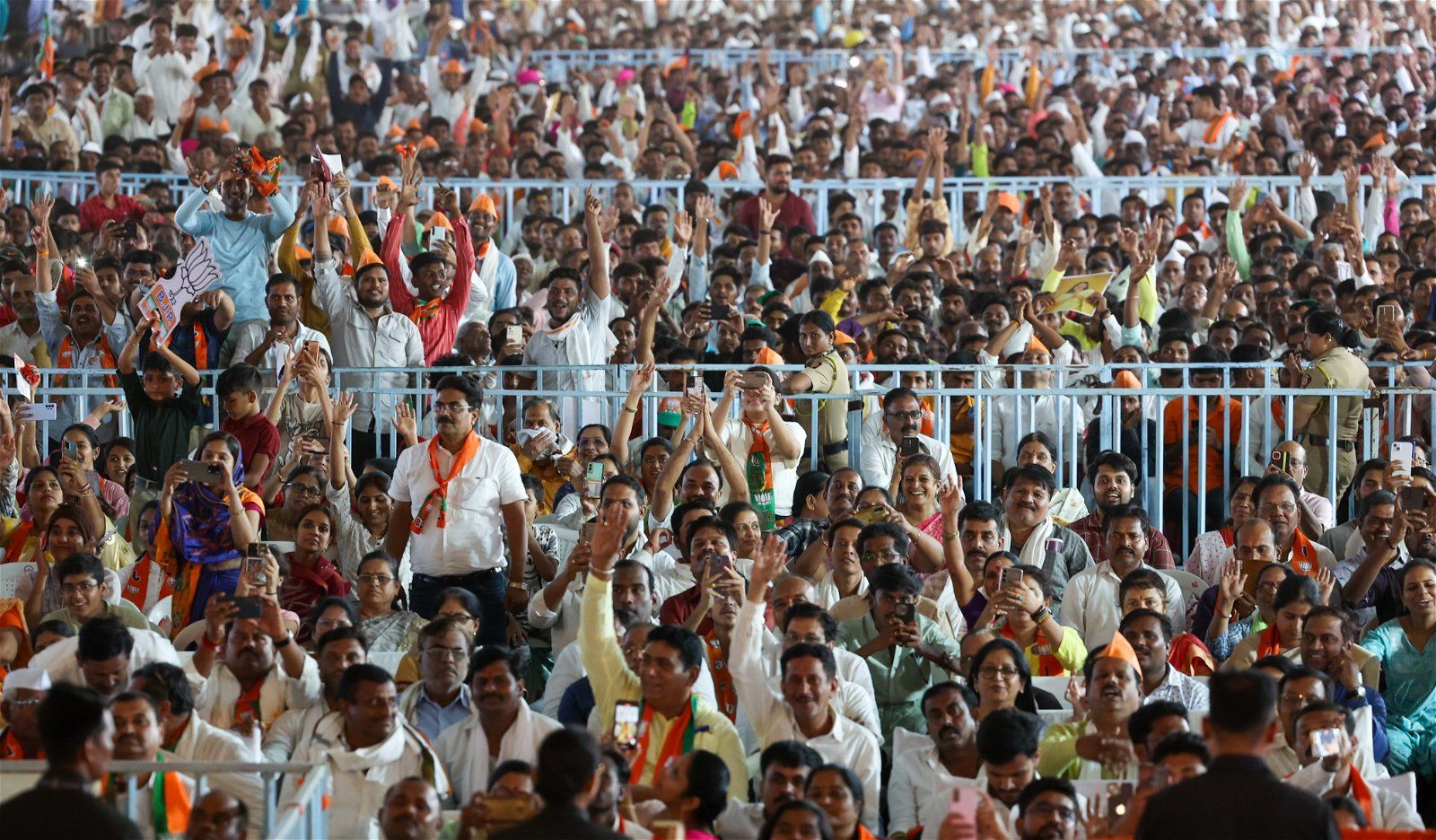
The twinning of the Western liberal establishment’s concerns over India’s “democratic backsliding” with the opposition Congress party’s fighting the polls on a similar platform is significant. Since Modi assumed charge in 2014, there has been a silent revolution that has resulted in the growing marginalisation and irrelevance of the old elite that inherited the country from the British in 1947. What is often described as the Congress ecosystem loosely comprised westernised and cosmopolitan individuals and was influenced by progressive and secular assumptions. In a recent article on its demise, the journalist Tavleen Singh has caricatured this once-powerful elite: “The truth is we were an effete, hopeless bunch. We spoke no Indian language well, but this did not matter to us. We were proud of speaking English well… When it came to politics and elections, we stuck loyally to the Nehru-Gandhi dynasty and its various heirs because they were people like us. We did not care that Parliament had been turned into a private members club. It was our club.”
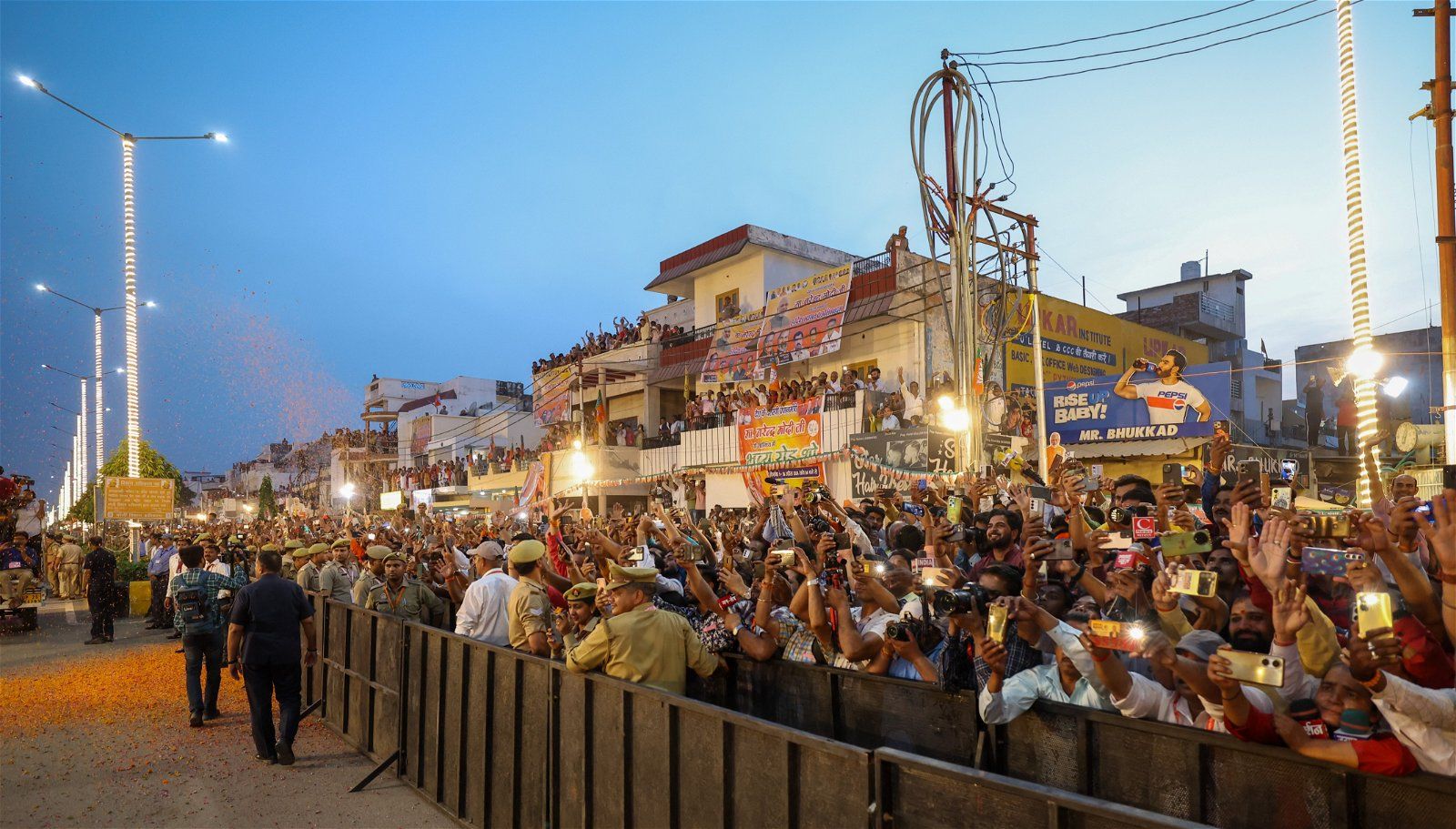
This club was also disdainful of interlopers. When the BJP proffered Modi as its leadership candidate, Congress stalwart Mani Shankar Aiyar, a former diplomat who had attended the same school and university in Britain as former prime minister Rajiv Gandhi, suggested he go back to selling tea. This snooty put-down of Modi’s humble origins was indicative of a mindset of entitlement.
Advertisement
Earlier BJP governments had tried to co-opt this elite and even buy its goodwill, but without much success. Modi placed his entire reliance on a counter-establishment that was rooted in the provinces and were more adept in Indian languages and local cultures. In their social attitudes the new elites promoted by the BJP were more assertively Hindu, and not squeamish about the intermingling of their faith and their culture. They nursed a grievance of a long period of political subordination under the rule of first, foreigners, and subsequently, the Anglicised Congress elite. Their coming of age was symbolised by the government’s decision to slowly ease out the usage of ‘India’ as the official country name and replace it with the more authentic ‘Bharat’.

What India is experiencing, albeit unevenly, is a social revolution. On the day Modi won his majority in 2014, the London-based Anish Kapoor lamented on BBC that this wasn’t the India he grew up in. He was dead right. Under Modi, India has eclipsed its ancien regime. The old establishment may still have its patches of influence, but it is on borrowed time, especially if Modi wins a third term. Hence its last-ditch May Day call to overseas friends such as George Soros and other groups that find the New India inhospitable.
Advertisement
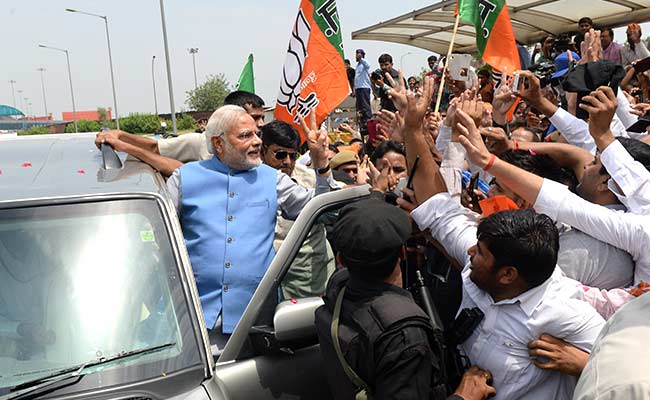
For some of his opponents, Modi was initially seen as a transitional figure who had benefited from the earlier regime’s self-inflicted wounds. They completely misread his evolving appeal.
The man who burst onto the national stage from the province of Gujarat in 2014, was primarily seen in two ways: first, as a resolute, no-nonsense Hindu who would unflinchingly uphold Hindu interests; and second, as an efficient administrator who had carried out a programme of economic modernisation in his state. At that time, Modi’s appeal was still not pan-Indian. His early backers were committed Hindu nationalists, business leaders and the middle classes in northern and western India.
Advertisement
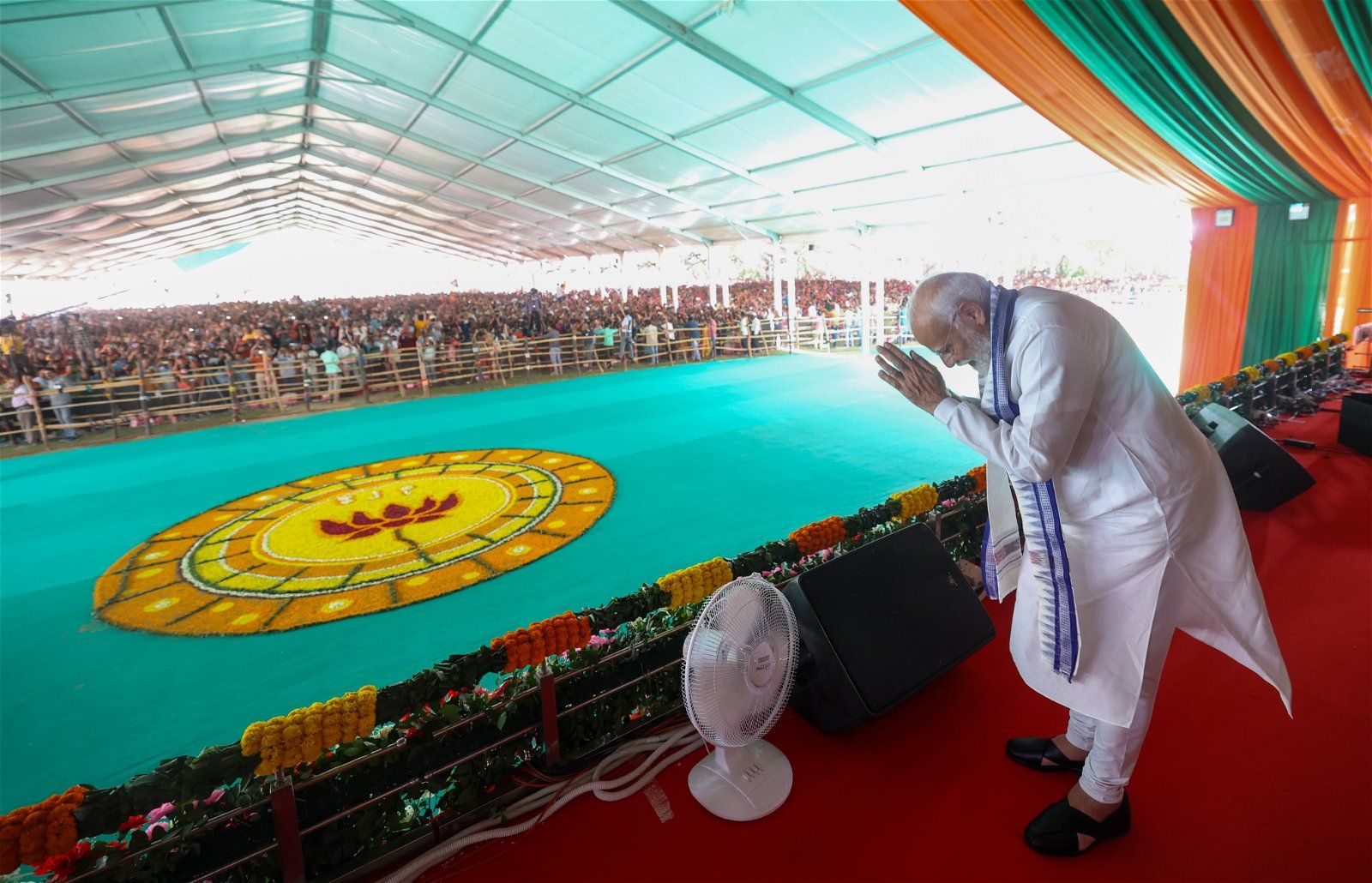
By 2019, Modi had become an established national figure. His tough nationalist image was bolstered by his reputation as a pro-poor leader, one who had checked corruption and brought facilities such as cooking gas, electricity, and toilets to the doorstep of the disadvantaged. The opposition Congress attempted to paint him as a champion of crony capitalism. The charges were unsubstantiated and were rejected by the voters.

Between 2019 and 2024, Modi has evolved from a fiercely popular leader to cult status. Much of this has been due to his ability to resolve two seemingly intractable issues. The first was the fulfilment of the party’s seven-decade old promise to modify the Constitution and achieve the full integration of Jammu and Kashmir into the Indian Union. The second stemmed from the Supreme Court’s sanction to build a Hindu temple at the site of a demolished 16th century mosque in Ayodhya. The consecration of the temple was done by Modi on January 22 this year. It was greeted by expressions of piety and unprecedented global Hindu solidarity. It was probably the first occasion that Hindus in living memory had responded to a religio-political event as a united community. On his part, Modi was transformed into something much more than a political leader. He became a national icon. If the ongoing election leads to spectacular surge in the BJP’s electoral fortunes, the role of the Ayodhya temple will be seminal.
Advertisement
The temple in Ayodhya is much more than a purely religious awakening for the country’s majority Hindu community. It is also linked to the restoration of Hindu honour after centuries of political subordination and cultural effacement. Additionally, the symbolic return of Lord Ram to his home in the lavishly upgraded, temple town of Ayodhya has been linked to India’s recovery of self-esteem and glory. The upgradation of infrastructure all over the country in the form of multi-lane highways, bridges spanning huge rivers, cheap mobile telephony, affordable air travel and fast trains has gone hand in hand with a free ration for 800 million people, an elaborate anti-Covid programme that supplied 2.2 billion free vaccine doses and the unmanned mission to the Moon. The feeling that India is finally coming into its own and realising its potential forms the backdrop to Modi’s dream for the next 25 years: a developed India.
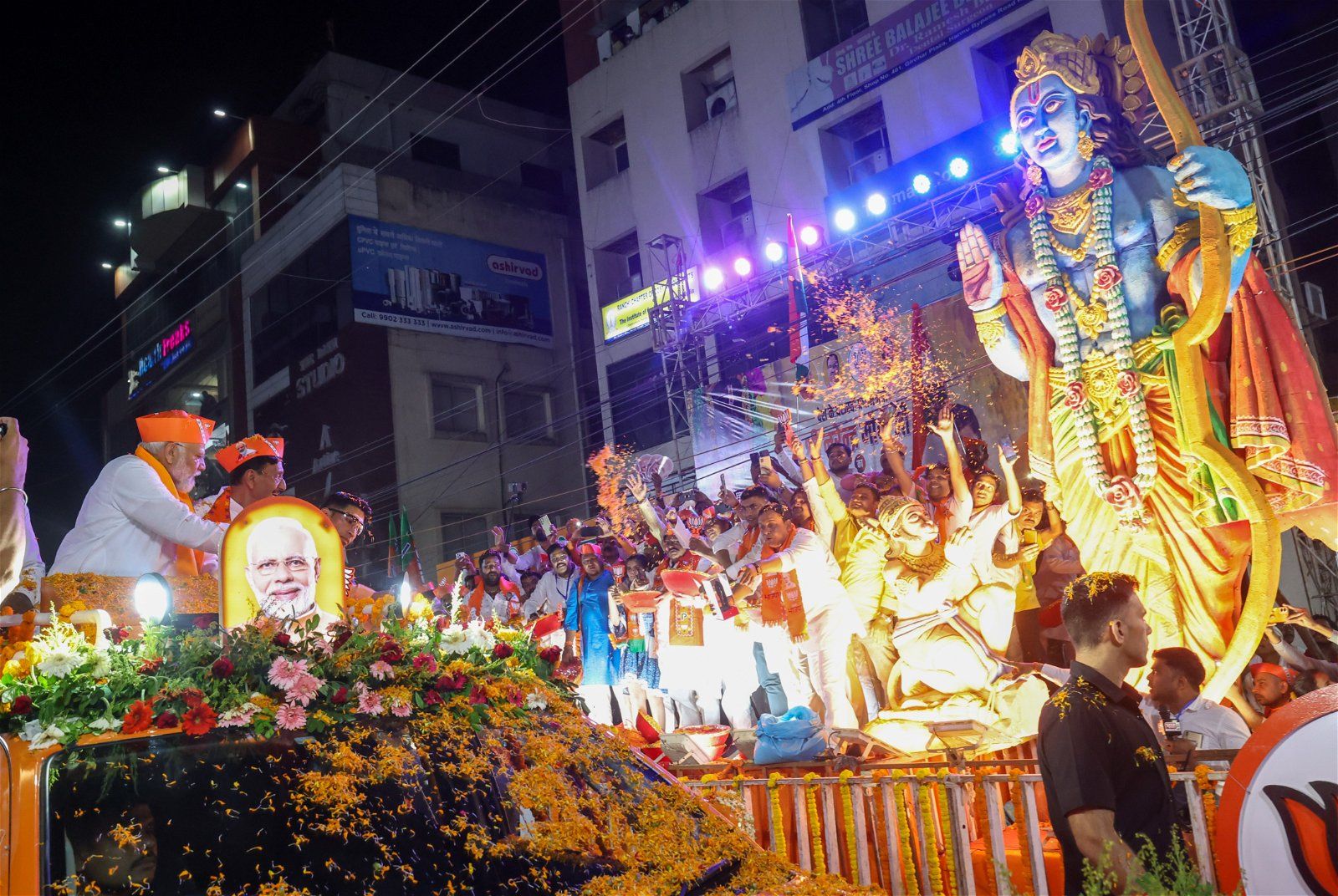
Before Modi arrived on the scene, Indians had made it big while India was the laggard. He has created an environment when Indians and India complement each other. The romanticised celebration of poverty and Third World status has been replaced by a determination to become a developed economy by the time India celebrates the centenary of independence in 2047.
Advertisement
Adding to this heady optimism and sense of achievement is a realisation that India’s voice is consequential in the larger world community. The grand G-20 summit in Delhi, preceded by smaller gatherings in every part of India, was, of course, a consequential event. However, of greater importance is the larger message that the coming decades belong to Asia and, by implication, India. In his time, Jawaharlal Nehru had tried to obfuscate India’s economic fragility by positioning the country as a ‘quality’ in world affairs. Non-alignment was his mantra. Modi presented himself as an upholder of national interest and a protector of every Indian citizen overseas. The contribution of the evacuation programmes of Indians from different trouble spots to the creation of the Modi cult is immeasurable. Modi has given the Indian passport a prestige it has not known before.
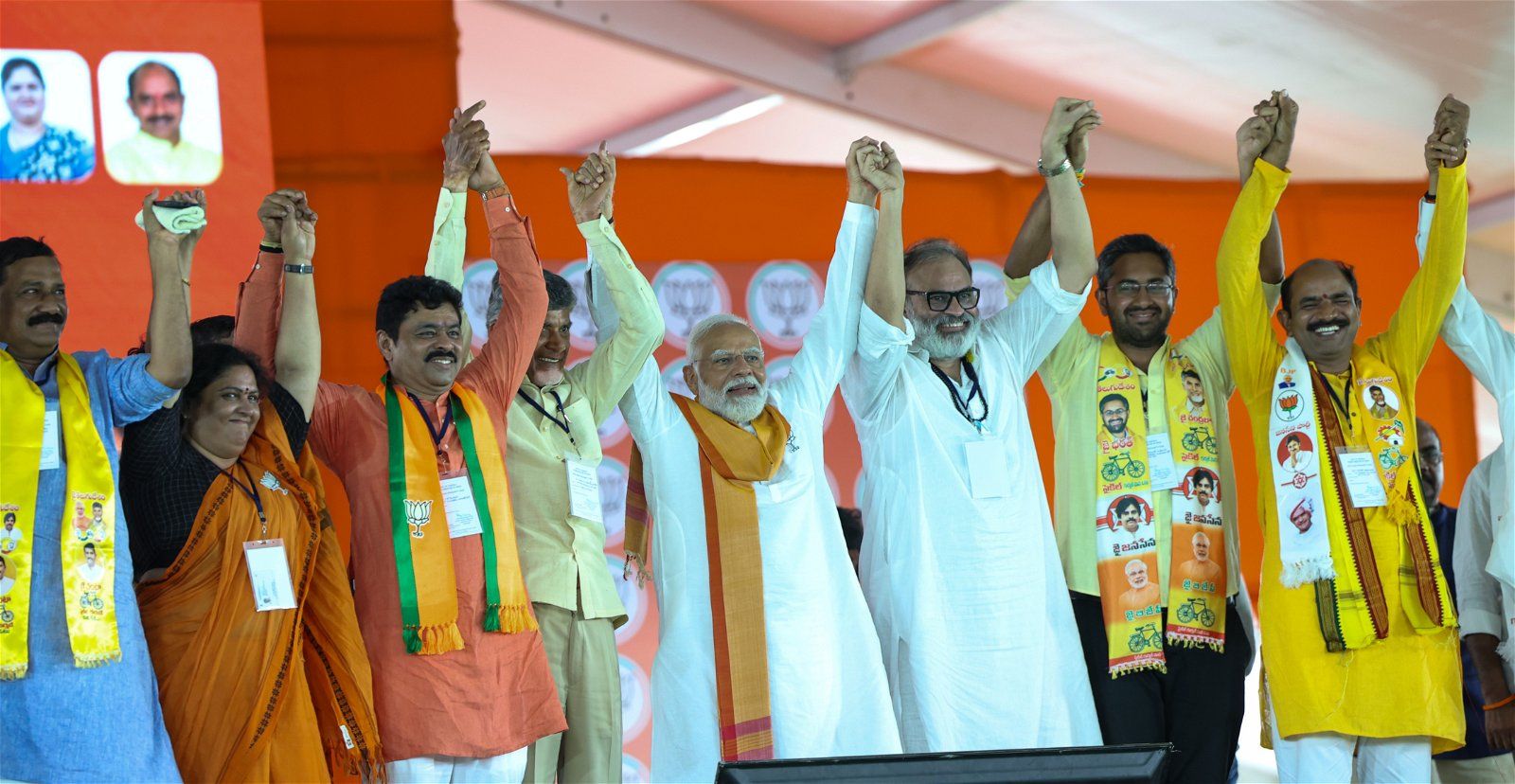
India has periodically experienced leaders who combined adulation with moral authority. The appeal of Mahatma Gandhi was based on a saintly idiom, something that his British adversaries could never quite fathom. What many imperial officials saw as humbug was seen by millions of Indians differently. The Mahatma was a saint in his lifetime.
Advertisement
There is a saintly idiom to Modi too, that escapes the eyes of the modernist. They are likely to focus more on Modi as a pugnacious warrior overcoming adversaries and sweeping away obstacles in his path. However, in relentlessly highlighting the empowerment of women, giving a boost to the collective pride of tribal communities, and stressing his uncompromising fight to create a corruption-free India, Modi has created a fan club that incorporates communities that was hitherto outside the orbit of organised politics.
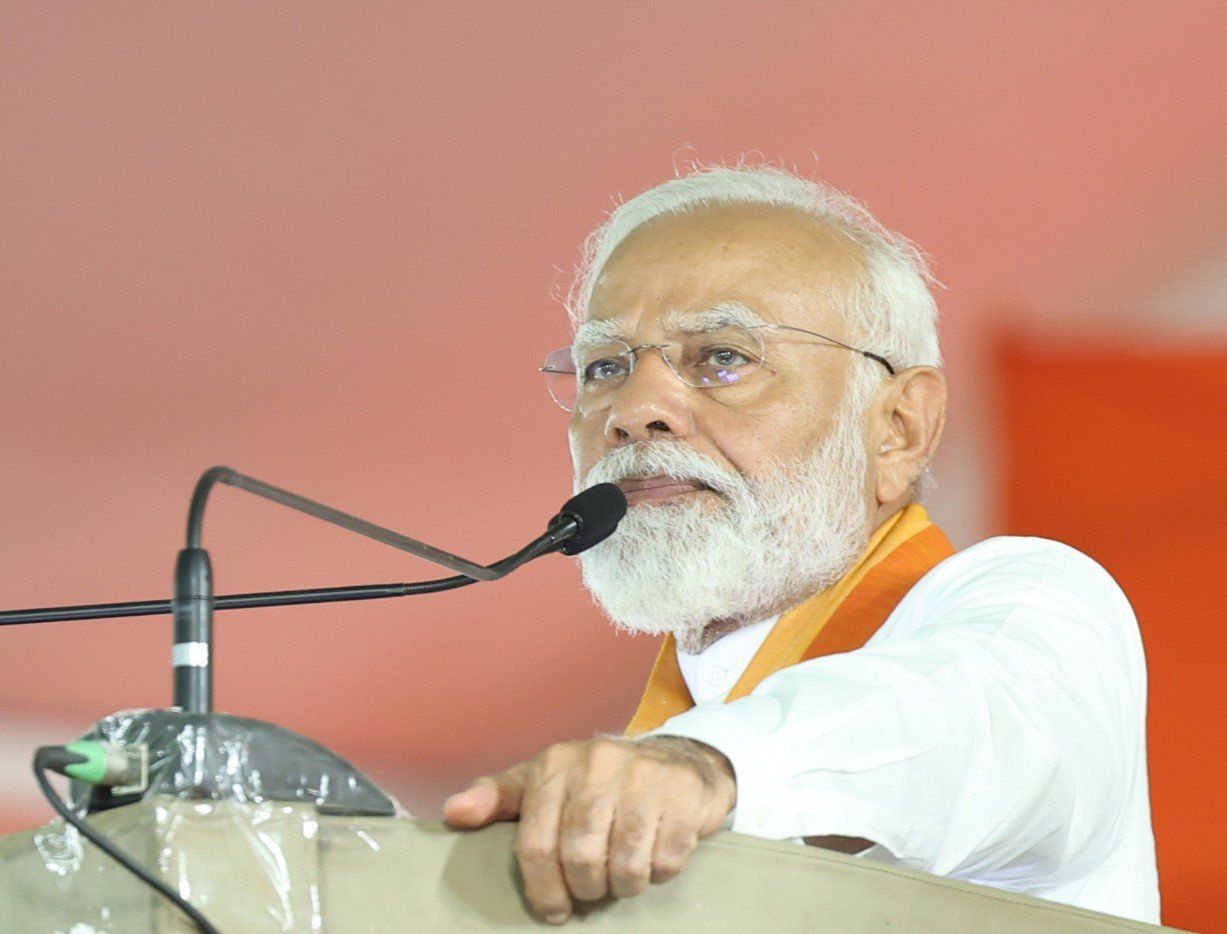
The 2024 election, it can be said with certainty, belongs to Modi. What will be tested on June 4 is whether there will be a Modi ripple, a Modi wave, or a Modi tsunami.
Advertisement
Published May 7th, 2024 at 22:32 IST